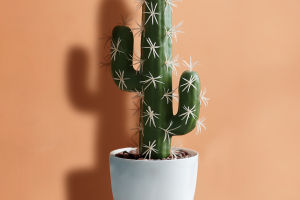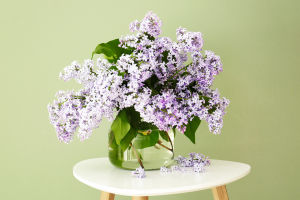In the world of flowers, few blossoms can rival the enchanting beauty and intoxicating fragrance of hyacinths.
These delightful flowers, with their vibrant hues and clustered blooms, bring a sense of joy and freshness to any garden or indoor space.
But when exactly do hyacinths bloom, and what factors contribute to their magnificent display?
The Essence of Hyacinths: A Brief Introduction
Hyacinths (Hyacinthus orientalis) are perennial bulbous plants native to the eastern Mediterranean region, particularly Türkiye. Revered for centuries for their ornamental value and delightful scent, hyacinths have been cultivated and cherished around the world. They belong to the Asparagaceae family and typically bloom in early to mid-spring, adding a burst of color to gardens, parks, and landscapes.
Understanding the Bloom Cycle
The bloom cycle of hyacinths begins in late winter or early spring, depending on the climate and geographical location. These flowers emerge from bulbs that are planted in the preceding autumn, undergoing a period of dormancy before sprouting new growth as temperatures rise and daylight hours increase.
Factors Influencing Bloom Time
Several factors influence the timing of hyacinth blooms, including:
1. Climate
Hyacinths thrive in temperate climates with cool winters and mild springs. In regions with harsh winters, such as northern Europe and parts of North America, hyacinths typically bloom in late March or early April. Warmer climates may experience blooms as early as February.
2. Sunlight
Hyacinths require ample sunlight to initiate flowering. Inadequate sunlight exposure can delay or inhibit bloom development. Planting hyacinth bulbs in a location that receives at least six hours of sunlight per day will help ensure robust growth and timely blooming.
3. Soil Conditions
Well-drained, fertile soil is essential for the successful cultivation of hyacinths. Bulbs planted in nutrient-rich soil with good drainage will establish strong root systems and produce healthy foliage and blooms. Heavy or waterlogged soil can lead to rot and other diseases, hindering bloom formation.
4. Bulb Quality
The quality and condition of the bulbs also play a significant role in bloom timing. Healthy, firm bulbs that are free from disease and damage are more likely to produce vigorous growth and abundant blooms. It's essential to select high-quality bulbs from reputable sources and plant them at the appropriate depth for optimal results.
Tips for Encouraging Hyacinth Blooms
To maximize the beauty of hyacinths and ensure a bountiful display of blooms, consider the following tips:
1. Planting Time
Hyacinth bulbs should be planted in the autumn, preferably six to eight weeks before the first frost. This allows the bulbs to establish roots before the onset of winter and ensures timely flowering in the spring.
2. Proper Spacing
When planting hyacinth bulbs, space them approximately 6-8 inches apart to allow for adequate air circulation and prevent overcrowding. Crowded bulbs may compete for nutrients and moisture, resulting in reduced bloom quality.
3. Fertilization
Apply a balanced fertilizer formulated for flowering bulbs in the spring, just as new growth begins to emerge. This will provide the necessary nutrients to support healthy foliage and robust blooms.
4. Deadheading
Remove spent blooms promptly to encourage continuous flowering and prevent the formation of seeds. This redirects the plant's energy into producing new blooms rather than seed production.
5. Mulching
Apply a layer of organic mulch, such as shredded bark or compost, around hyacinth plants to conserve moisture, suppress weeds, and regulate soil temperature. Mulching also helps protect bulbs from temperature fluctuations and frost damage.
By understanding the natural cycle of hyacinths and implementing proper care techniques, gardeners can enjoy a spectacular display of blooms year after year. Whether planted in garden beds, containers, or indoor displays, hyacinths never fail to captivate with their unparalleled beauty and sweet fragrance.
Hyacinths bloom in early to mid-spring, influenced by factors such as climate, sunlight, soil conditions, and bulb quality. By following best practices for planting, care, and maintenance, gardeners can ensure vibrant, fragrant blooms that herald the arrival of spring in all its glory.


